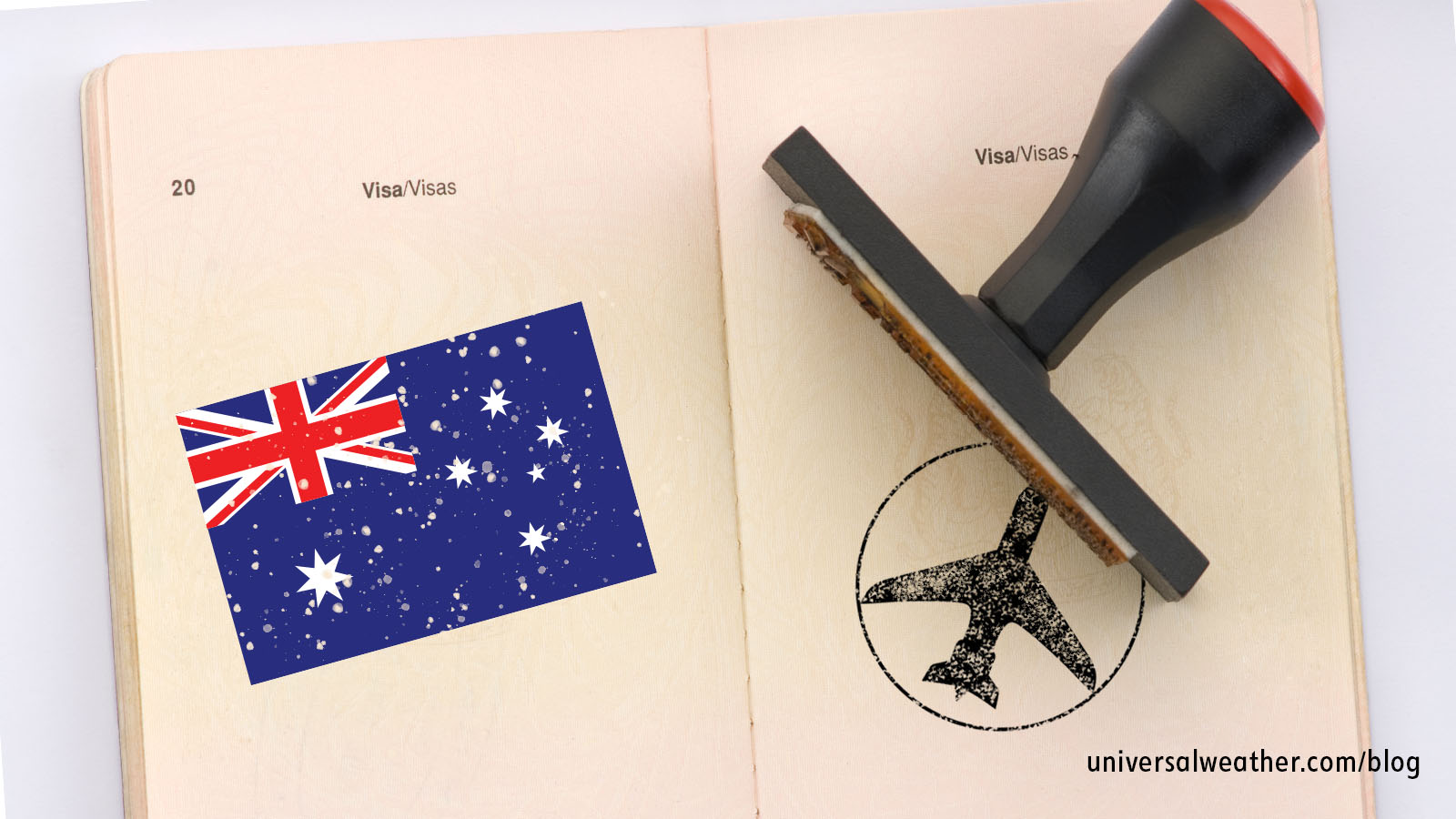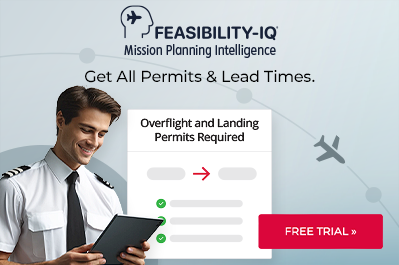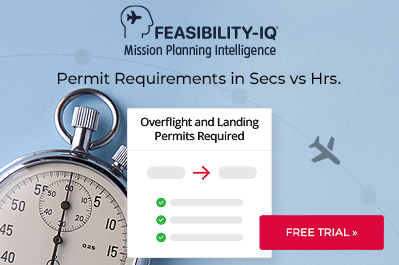Flying to Australia: Navigating Customs, Immigration & Agriculture for Business Aircraft Operators


This business aviation blog post is part of a series on operating to Australia.
While customs, immigration, and agriculture rules are the same across Australia procedures differ from airport to airport. You may clear on your aircraft, at a fixed base operator (FBO) or within the main terminal depending upon destination. Vehicles may or may not be permitted to pick up planeside. Always check customs requirements for your particular destination with your ground handler in advance.
Here are six tips to help you navigate the customs, immigration, and agriculture process in Australia:
1. Be familiar with the customs clearing procedures for crew
Crew usually clear customs after passengers unless customs clearance is onboard the aircraft, in which case they’ll clear at the same time. Onboard customs clearance, when available, should be requested in advance, and there are limitations on how many may be cleared. At Brisbane (YBBN), for example, onboard clearance is limited to 10 people onboard, crew and passengers combined. If you have more than one passport, always use the same one for arrival and departure. Crew must provide the ground handler with copies of the general declaration (Gen Dec) on arrival, and crew should submit a form similar to arrival passenger cards, which your ground handler will prepare in advance. While crew members don’t technically require visas, some locations, like Sydney (YSSY), prefer to see visas for all crew members. Best practice for crew is to apply for multi-entry electronic visas prior to arrival in Australia.
2. Rely on your ground handler to assist with passenger customs clearance
Whenever these options are available, ground handlers will arrange on-board clearance or clearance at the FBO, which is known as “off-terminal clearance.” All required information should be sent to your ground handler at least 24 hours in advance. The information needed is gender, date of birth, visa, and full passport information, including specific name sequence (i.e. clarification of first, middle and last name). Passports should have at least six months remaining validity. Your ground handler will escort passengers and luggage to customs where passport and arrival card information will be matched to the individual. No fingerprinting or photos are required, and it’s rare for luggage to be opened. For an FBO or onboard clearance, the process takes only a few minutes. For main terminal clearance, passengers may be able to use crew or diplomatic lanes, depending upon the local customs officer. Clearance typically takes less than 20 minutes. In some cases, passengers will need to clear with commercial passengers in the main terminal, and this can take up to one hour, depending on terminal congestion. After clearing customs, the ground handler will escort passengers to pre-arranged transport.
3. Prepare all required documents in advance
In addition to passports and visas, copies of Gen Dec must be submitted. This is to ensure that the same people leaving the departure point are the ones arriving in Australia. Gen Dec does not have to be stamped at departure point unless you’re arriving from Papua, New Guinea. All passengers must submit completed and signed arrival cards, while crew must submit the “Form 5” cards to customs. In rare cases, when pertaining to a demo aircraft on a sales tour, customs may ask for an aircraft bond. If operating a demo or delivery flight, check with your 3rd-party provider on customs bond requirements.
4. Disinfect the aircraft cabin prior to international arrival into Australia
An approved disinfectant spray should be used in the cabin at top of descent. Upon landing, customs will want to see the empty spray can and will ask the captain to sign a form confirming that the cabin has been sprayed. If you do not have an appropriate disinfectant, your cabin can be sprayed on landing after purchasing a disinfectant spray from customs. In this case, the doors must remain closed with passengers onboard for 10 minutes. An approved spray can be purchased outside Australia, but not in the U.S., where it’s prohibited.
5. Be prepared to pay fees with your clearance
You’ll pay a fee of less than 200 Australian dollars for customs and agriculture to clear you onboard or at an FBO. Departure tax is 47 Australian dollars per passenger. Your ground handler will take care of all fees on behalf of the operator.
6. Be familiar with how Australia’s waste-quarantining rules apply to catering onboard you aircraft
While some catering items and supplies may remain on your aircraft in Australia, food items may not be stored at the FBO. Any food items removed from your aircraft with exception of some pre-packaged products must be disposed of properly. See the Australian Quarantine and Inspection Service (AQIS) guidelines for airline and aircraft operators arriving in Australia for more information.
Conclusion
Best Practice to avoid delays is to notify your ground handler of customs clearance needs at least 24 hours prior to arrival so that on-board or FBO clearance can be set up. Also, it’s recommended to have all customs documentation prepared, and forwarded to your ground handler in advance before landing in Australia as it will expedite the clearance.
Questions?
If you have any questions about this article, contact me at christinevamvakas@univ-wea.com.
Next week, we’ll discuss arranging jet fuel uplifts in Australia.




